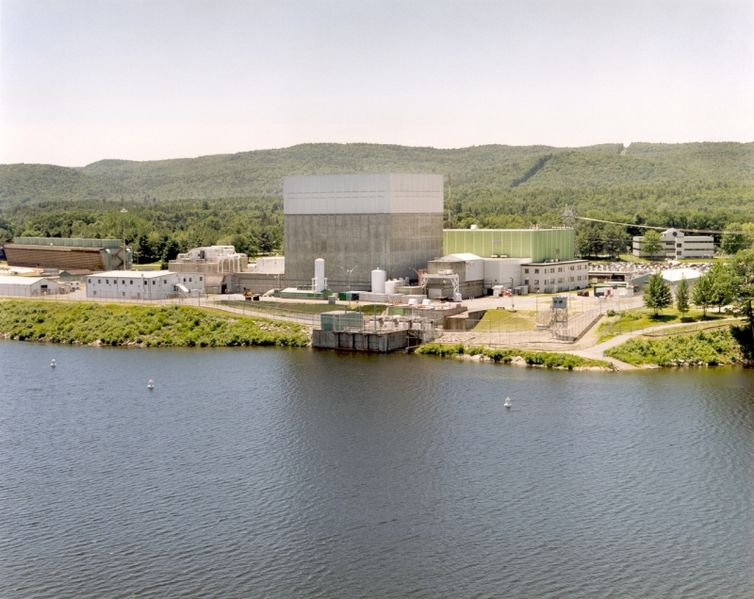The Nuclear Regulatory Commission is questioning Entergy Vermont Yankee’s claims that the risk of accidents is negligible after the plant stops operating.
Entergy Vermont Yankee applied to the NRC in June for permission to scale back emergency planning once its fuel is moved from the reactor core to the spent fuel pool. That includes eliminating or drastically reducing emergency planning zones in towns surrounding the facility.
Plant spokesman Marty Cohn said the proposed reduction would likely take effect by June of 2016, when all of the fuel should be in the spent fuel pool.
“We still believe that our basic assumptions and assertions regarding emergency planning are correct,” Cohn said. “There would be no need for [emergency] drilling, preparing for certain types of emergency alerts because those things will no longer be applicable to Vermont Yankee.
But in its request for further information, the NRC refers to several of the plant’s assertions as inaccurate. In its letter, the NRC acknowledges the low possibility of a fire. But it said that the worst-case scenario of a fire warrants a post-shutdown protective action plan for the public in the vicinity of the plant.
“In the unlikely event that there is a catastrophic loss of spent fuel pool water there is a potential for an offsite release of radioactive material,” the NRC wrote.
“We want to understand why their license amendment request does not speak clearly to what would happen if there were to be a severe accident involving the spent fuel pool,” said NRC spokesman Neil Sheehan.
Sheehan says once the plant shuts down there’s no worry about an accident involving the reactor. But he says the plant’s spent fuel pool will still be full of nuclear fuel assemblies.
“So the concern is, if you were to have a situation where water was to leak or drain from the pool, how would the company go about responding to that, and engaging with offsite emergency responders to make sure that local residents are properly protected,” he said.
The NRC has asked Vermont Yankee to provide more evidence and analysis to back up its request to significantly reduce emergency planning. But Sheehan says the requests for more information don’t mean that Vermont Yankee’s request will be denied. He said the back-and-forth is part of the normal way such decisions are made.
Nuclear critic Ray Shadis said it’s a good thing that the questions are being asked. He said he’s glad that the NRC is seeking numerical justifications instead of simply rubber stamping Yankee’s request. But he said he worries about what’s not included in the questions.
“NRC analyses have shown that there can be significant numbers of fatalities resulting from a spent fuel pool fire,” Shadis said. “They have ignored the risk of dropping a spent fuel cask while loading them and damaging the spent fuel pool itself. The spent fuel pool at Vermont Yankee is in an elevated position some 80 feet off the ground. And it’s vulnerable to aircraft damage, to seismic damage and to a spent fuel cask drop.”
Shadis said the NRC’s request for information could provide a good opportunity for the state to weigh in on emergency planning issues.
